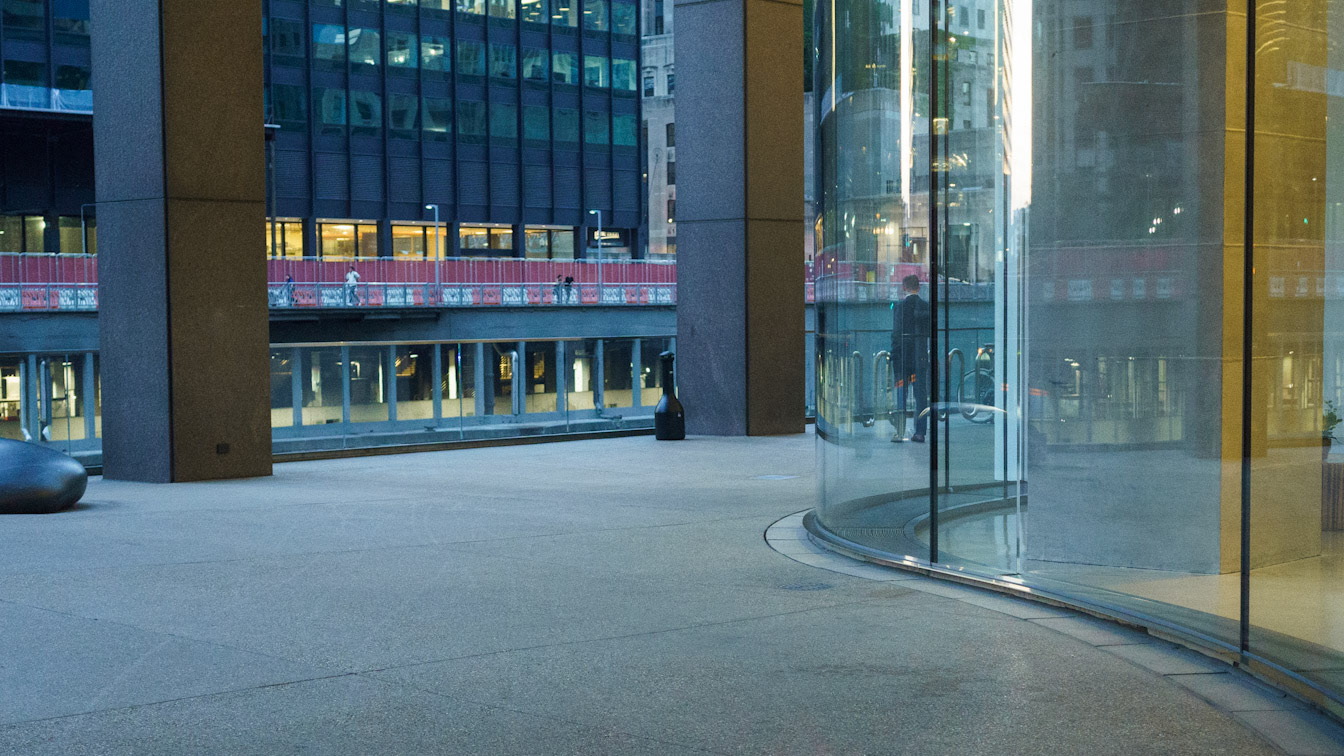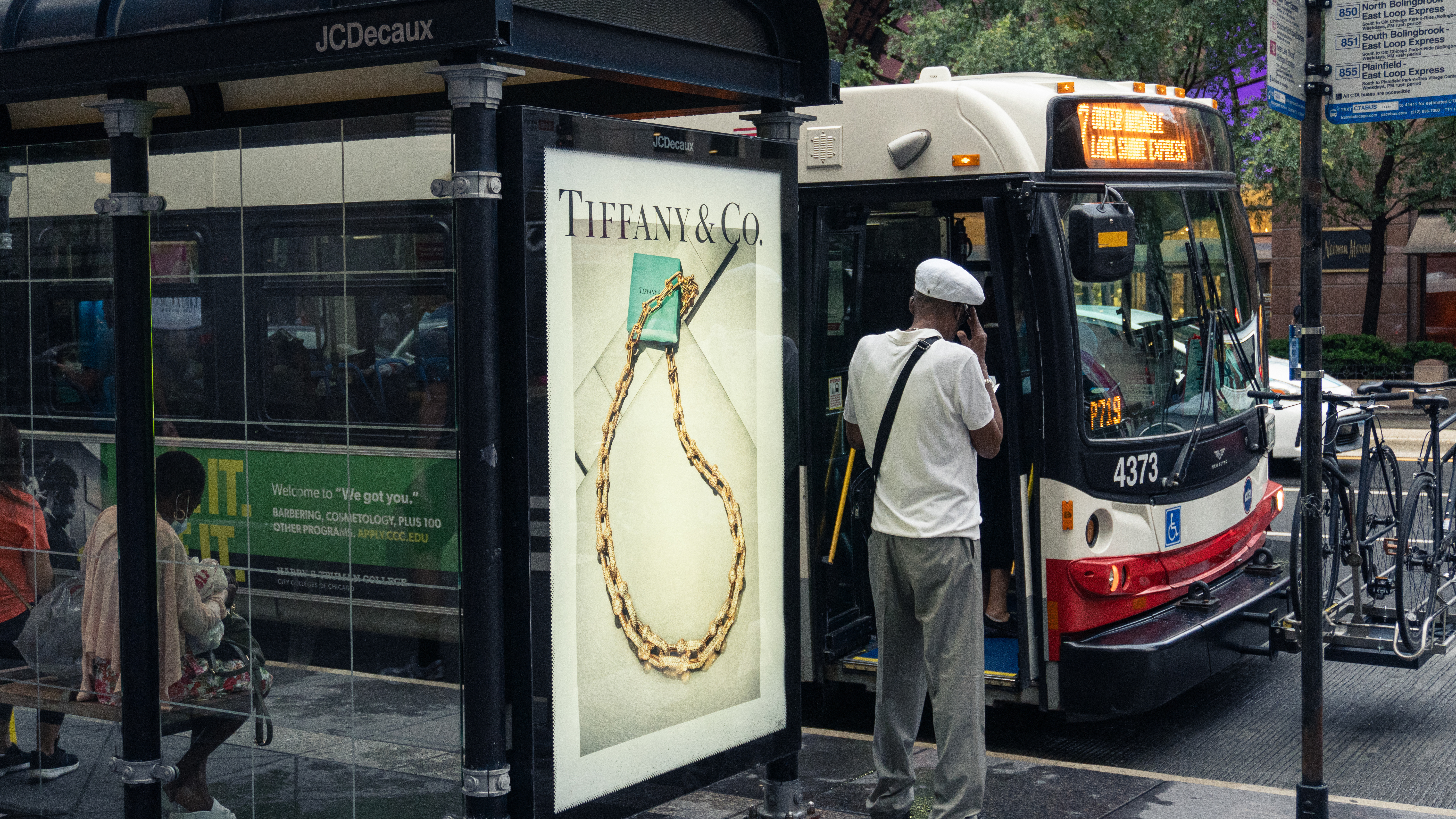In shooting digital photos, I've rapidly discovered a few things I like and don't like. One of the things I dislike is the sharp, clinical look produced by most modern digital cameras; it lacks texture and feels too "crisp" at times. Not that I want blurry images, necessarily, but moreso images with a certain character to their flaws.
As a first attempt to mitigate the clinical look of digital shots, I tried to introduce some haze, grain, and texture using Lightroom's editing tools. This helped a little bit, but still didn't give me quite the desired outcome. I wanted something that felt real, a modification to the way my lens actually captured light in order to reproduce some of the signature flaws of film.
After some research, I discovered that many photographers relied on diffusion filters to acheive a softer, more filmic look. A diffusion filter serves to diffuse, or soften, the light entering your lens, resulting in a softer, less harshly digital look. That was exactly what I wanted in my photography.
Example 1: Shot with no filter.
Now I knew I wanted a diffusion filter, but had no idea what to buy. Then, I watched a video from the cinematographer GXAce about the Tiffen Glimmerglass 1 filter, and I was immediately entranced. GXAce's highly-produced videos had a unique, dreamy feel, but retained incredible sharpness and clarity throughout, with minimal haziness. And he swore by the Glimmerglass 1.
The way he spoke about this filter was almost entrancing. I had to have a Glimmerglass filter. This little slice of glass would be what brought my photography game to the next level and gave my shots that filmic, aesthetic feel that I thought they were so desperately lacking.
Buying a Glimmerglass filter did improve my photography, to be certain, but not by drastically changing the aesthetic appearance of my shots in a quantifiable way; instead, I went out and took photos, noticed the effect on light from the filter, and played with it by taking more photos. The filter didn't strictly make my photos better; it encouraged me to become a better photographer by practicing more.
To be fair, a Glimmerglass 1 does have a quantifiable effect. Compare the top and middle pictures on this page. The first one was shot with no filter; notice the clear line on the desk lamp, and the limited glow. The second was shot with the Glimmerglass 1, which results in a significant light bloom effect around the bulb (also known as halation). This can be a desirable effect in certain contexts, and resulted in some pretty cool shots.
Example 2: Shot with Tiffen Glimmerglass 1.
But of course, now that I'd gotten one diffusion filter, I needed to try another one, because, like a certain potato chip, you can't have just one filter. By this point, I knew what a diffusion filter did for my style of photography, and enjoyed the way it played with stronger point light sources, especially neon and exposed incandescent lights.
After some hemming and hawing, I bit the bullet on the Moment Cinebloom 10% filter as my next filter, and I must say, I really like the effect it creates. Its area of halation is larger but more diffuse than that of the Glimmerglass 1. The area surrounding the light source, seen below, almost looks reddish, which I find to be a very fun effect.
I think this softer glow of the Cinebloom 10% will end up being my preferred filter for most street shots, but I may return to the Glimmerglass 1 for portraiture, as I love the softening effect it has on skin in portrait photography.
Example 3: Shot with Moment Cinebloom 10%.
So what is the takeaway of all this talk about diffusion filters and making digital photos more film-like and less clinical? For me, I find a diffusion filter to achieve effective results in making my digital photos have some of the light bleed attributes of film photos. However, my photos still need to be edited to bring about the desired look - I adjust the colors, tune shadows and highlights, and apply grain.
The diffusion filter just adds that little extra touch. It makes lights glow, adds a soft haze, and eliminates the harsh digital look. The filter look is part of my photographic aesthetic. And ultimately, that is the goal of all camera kit - improving the aesthetic of the shots we take.

